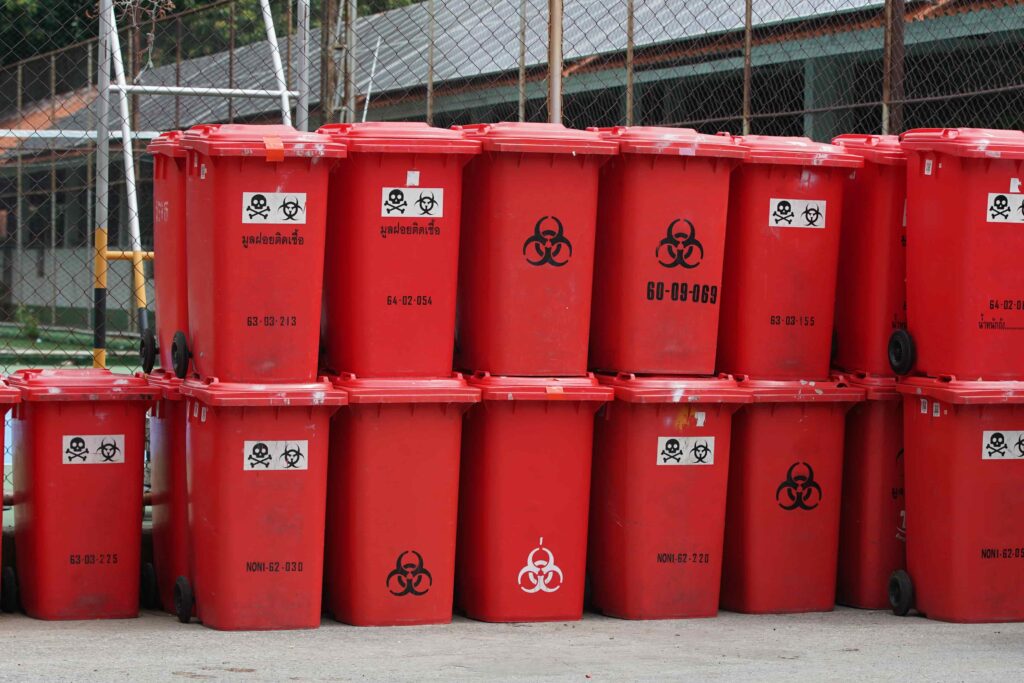In today’s rapidly evolving world, the generation of waste has become an inevitable byproduct of our daily lives. While some waste is benign, a significant portion is classified as ‘dangerous’ or ‘hazardous’. This type of waste poses a severe threat to our environment, health, and overall well-being. In this article, we will explore the nature of dangerous waste, its impact, and the solutions available to mitigate its effects.
What is Dangerous Waste?
Ohtlikud jäätmed, often interchangeably used with the term ‘hazardous waste’, refers to any waste material that can cause significant harm to the environment or public health. This can range from industrial byproducts, such as chemicals and heavy metals, to household items like batteries, paints, and certain cleaning agents. These wastes can be flammable, reactive, corrosive, or toxic.
The Impact of Dangerous Waste
- Environmental Degradation: When improperly disposed of, hazardous waste can contaminate soil and water sources. Chemicals can leach into the ground, affecting plant life and entering the food chain. Over time, this can lead to a loss of biodiversity and disrupt natural ecosystems.
- Health Concerns: Direct exposure to dangerous waste can lead to a myriad of health issues. For instance, chemicals like benzene are known carcinogens, while heavy metals like lead can cause neurological disorders. Moreover, when these toxins enter the food chain, they can accumulate in our bodies, leading to long-term health consequences.
- Economic Implications: Dealing with the aftermath of hazardous waste contamination is expensive. Cleaning up polluted sites, treating health conditions, and restoring natural habitats all come with hefty price tags. Moreover, areas affected by contamination often see a decline in property values and economic activity.

Solutions to the Dangerous Waste Dilemma
- Reduce, Reuse, Recycle: The most effective way to combat the dangerous waste problem is to produce less of it. Industries can adopt cleaner production methods, while consumers can opt for products with minimal or eco-friendly packaging. Reusing and recycling materials can also significantly cut down on waste generation.
- Proper Disposal: It’s crucial to ensure that hazardous waste is disposed of correctly. This means not dumping it in regular landfills or down the drain. Many municipalities offer special collection days for dangerous household waste, ensuring it’s treated or disposed of safely.
- Education and Awareness: Many people are unaware of the dangers posed by certain household items. By educating the public about what constitutes hazardous waste and the proper disposal methods, we can significantly reduce the risks associated with it.
- Innovative Technologies: Scientists and researchers are continually working on new methods to treat and dispose of dangerous waste. For instance, certain bacteria can break down toxic chemicals, rendering them harmless. Investing in such technologies can offer long-term solutions to the hazardous waste problem.
- Strict Regulations: Governments play a pivotal role in managing dangerous waste. By implementing strict regulations regarding the production, handling, and disposal of hazardous materials, we can ensure that industries and individuals are held accountable for their waste.
Conclusion
Dangerous waste is a pressing issue that requires immediate attention. Its impact on the environment and public health is profound and far-reaching. However, with a combination of awareness, innovation, and stringent regulations, we can pave the way for a safer, cleaner future. As consumers, we must also play our part by being mindful of our consumption patterns and ensuring we dispose of waste responsibly. Together, we can combat the perils of dangerous waste and create a sustainable world for future generations.
